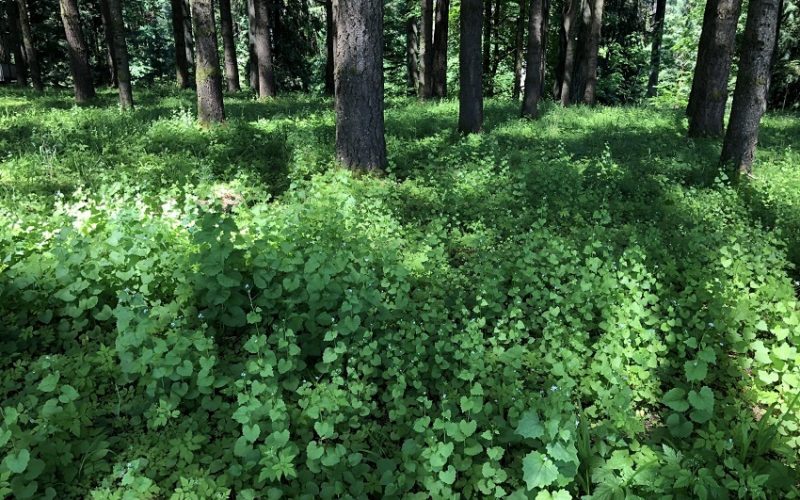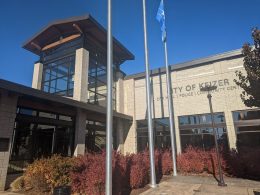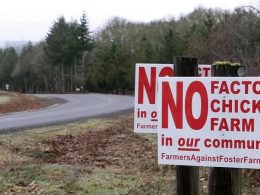Salem, OR – In the lush landscapes of Oregon’s Willamette Valley, experts are dedicating their efforts to halt the spread of a silent but destructive invader: garlic mustard (Alliaria petiolata). The invasive plant, known for its rapid growth and aggressive nature, threatens native species and the biodiversity that locals have worked to protect for generations.
Among the key figures in the battle against garlic mustard is Sarah Hamilton, a land stewardship coordinator whose mission is to stop the invasive plant from overtaking the region’s native flora. Hamilton, who spends much of her time in the field, works tirelessly to educate the public about the dangers of garlic mustard and how it can be managed. Her efforts involve knocking on doors, visiting landowners, and leading community outreach programs that teach locals how to identify and remove the plant from their properties.
“Garlic mustard spreads quickly, and its impact is far-reaching,” Hamilton said. “It doesn’t just crowd out native plants—it alters the entire ecosystem. By educating people and getting them involved, we can slow its spread and restore the health of these important landscapes.”
Garlic mustard, originally from Europe, was first introduced to North America in the early 1800s as a culinary herb. Since then, it has taken root in forests, riparian areas, and urban parks, where it thrives by outcompeting native vegetation for nutrients, light, and space. One of the plant’s most damaging characteristics is its ability to release chemicals through its roots that inhibit the growth of nearby plants, making it particularly difficult to manage once established.
To combat the spread of garlic mustard, Hamilton and other experts in the field recommend a combination of methods. Manual removal—pulling the plant by hand—is one of the most effective ways to control small infestations. However, in larger infestations, mechanical methods or even the careful use of herbicides may be necessary. The key, Hamilton says, is to stay vigilant and persistent, as even small patches of garlic mustard can quickly grow into large, monocultural stands if left unchecked.
But the fight against garlic mustard is not solely the responsibility of landowners and conservationists. The broader community plays a crucial role, too. Hamilton emphasizes the importance of collaboration between government agencies, nonprofit organizations, and local residents. By working together, the collective impact can be much greater than individual efforts alone.
One example of this collaborative effort is the Willamette Valley Conservation Initiative, a regional project that connects landowners, environmental organizations, and local governments to address invasive species like garlic mustard. Through this initiative, Hamilton and her team provide landowners with resources and support, including invasive species management plans and volunteer opportunities for habitat restoration.
“The more people we can educate and involve in the process, the more successful we’ll be,” Hamilton said. “It’s a community effort, and everyone has a part to play in protecting our natural landscapes.”
Invasive species like garlic mustard are not unique to the Willamette Valley. They pose a threat to ecosystems across the country, and experts like Hamilton continue to work toward solutions that can help mitigate their impact. While the fight is ongoing, the dedication of individuals and organizations committed to preserving the natural beauty of the region remains a powerful force in the battle against invasive species.
As spring unfolds across the valley, the work of Hamilton and other environmental experts reminds us that the health of the land is something that requires constant care and attention. And in the fight to protect native plants and wildlife, every small action can make a significant difference.











